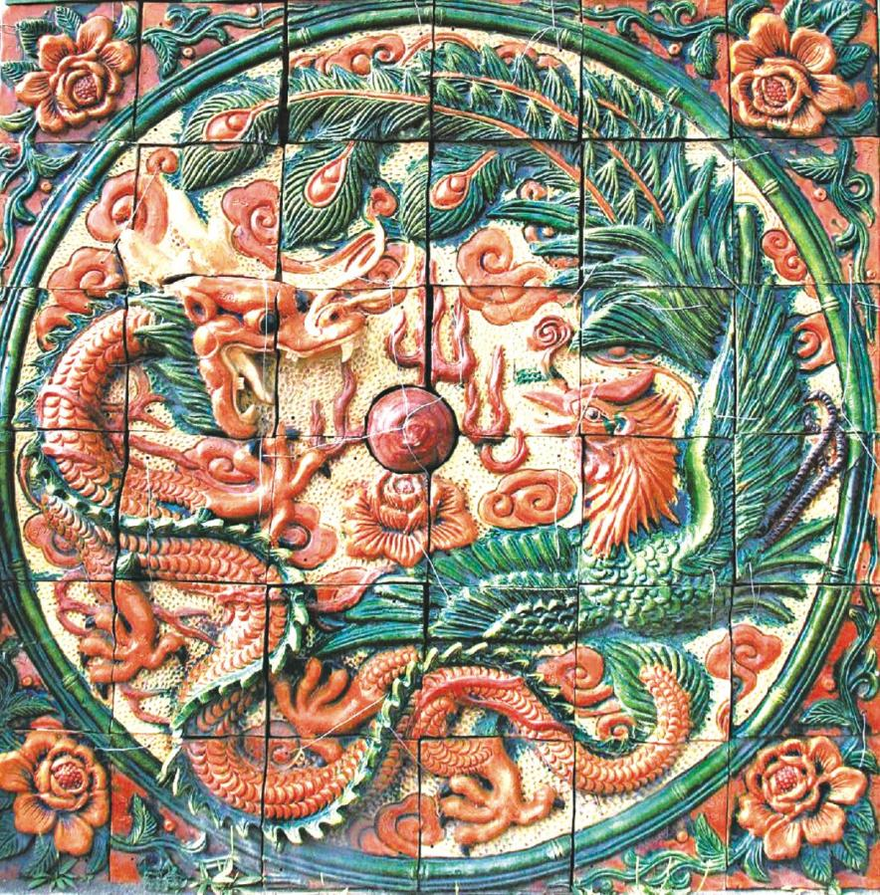
Colored-Glaze product [Photo via the Publicity Department of the CPC Taiyuan Municipal Committee]
Colored-glaze, usually used for architectural decoration, appeared in the Western Han Dynasty and developed into the celebrated "Tang Tri-Color Glazed Ceramics" in the Tang Dynasty.
Shanxi Province is the main production area of colored-glaze in China, and it boasts a long history in glazing art. For more than a thousand years, this industry has been inherited and left many excellent works, and its wide distribution and the number of craftsmen are among the foremost in China.

Colored-Glaze product [Photo via the Publicity Department of the CPC Taiyuan Municipal Committee]
Colored-glaze production is widely distributed in Shanxi Province, among which Taiyuan, Yangcheng, Hejin and Jiexiu are the most influential places. Taiyuan produced colored-glaze during the Wanli period of the Ming Dynasty and has been uninterrupted since then, with the Su family being the most influential local colored-glaze maker.
In 2008, the colored-glaze making technique was included in the National Intangible Cultural Heritage List. Ge Yuansheng, a representative inheritor of colored-glaze burning technique, has been engaged in it for more than 40 years. After nearly 30 years of dedicated research, Ge deciphered the long-lost peacock blue modulation process of Su glaze, and innovated the burning process, so that Su glaze peacock blue, which has been lost for two or three hundred years, has been reborn. How to pass on the skills with thousands of years of history? The answer is to integrate it into contemporary life. "Only through continuous innovation and combining glazing skills with the times can more people meet colored glaze and get close to it." Ge Yuansheng said
Copyright ©1997- by CRI Online All rights reserved